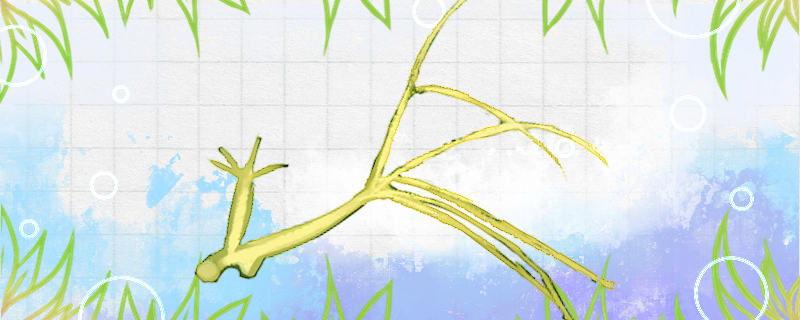
Most hydras live in the ocean and are a class of marine organisms. Their bodies are cylindrical and generally brown in color. Generally speaking, their bodies are relatively small, some are only a few millimeters, while the larger ones are about a few centimeters. When researchers need to observe them, sometimes they need to use a microscope.
From this description, many readers may think that they are not animals. But in fact, hydras are also animals, they are a kind of invertebrate. They will feed on some of the creatures around them. Hydra has some unique characteristics, such as their body aging rate is relatively slow, that is to say, they can live for a long time.
As mentioned above, a hydra is an animal, an invertebrate. Specifically, hydra is a coelenterate, but also a very typical coelenterate. Generally speaking, the number of coelenterates is relatively large, most of them live in the ocean, and their body structure is very simple.
The same is true of hydras, most of which live in the ocean; Only a small part is produced in fresh water, often inhabiting aquatic weeds or dead leaves. Hydra's body structure is relatively simple, they are multicellular animals, body structure is basically no tissue and organs. But they also have some adaptations to their surroundings, such as special tentacles that they can use when they hunt for food. Like jellyfish, jellyfish and other animals, these tentacles distribute some stinging cells, from which venom can be released to prey on or paralyze enemies.